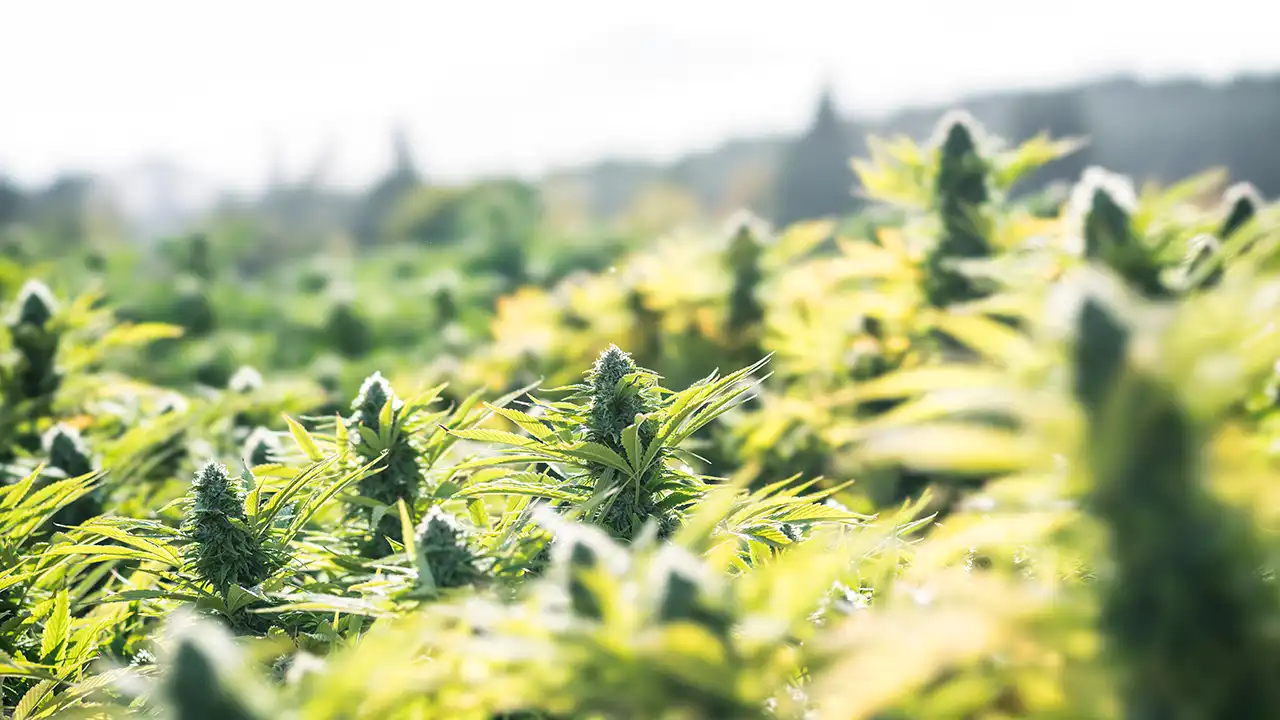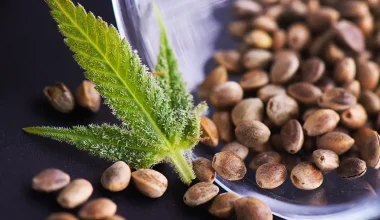Many adult-use cannabis retailers in Minnesota are still struggling to stock their shelves as cultivation output in the state continues to lag well behind demand.
Eric Taubel, director of the state’s Office of Cannabis Management, told CBS affiliated WCCO that the state only has a “fraction” of the 1.5 million square feet of cultivation canopy needed.
And it’s not totally clear when cultivators in the state will ramp up production.
Although Minnesota legalized recreational marijuana in spring 2023 and non-tribal sales began last month, the business licensing process is still ongoing.
Minnesota has only two licensed marijuana cultivators
Minnesota state marijuana regulators have licensed 60 businesses, but an additional 1,400 await final clearance, according to state data.
Most of the licensed operators are microbusinesses with a retail “endorsement” that allows them to sell cannabis products.
Meanwhile, only two licensed cultivators in Minnesota are growing cannabis plants. And the crops have not matured enough to supply retail shops with marijuana flower.
However, there are some other potential sources of product.
According to Taubel, 13 of the 52 licensed microbusinesses have a cultivation endorsement.
And medical marijuana businesses have the option to wholesale their products, which could help increase supply.
Minnesota also has agreements with three tribal nations after Gov. Tim Walz inked a compact with the Prairie Island Indian Community on Monday.
Minnesota at most-challenging phase of legal cannabis market rollout
These compacts allow tribal nations to grow and sell cannabis without a state license because of their status as sovereign nations. They’re also allowed to open up to eight retail locations off of reservations.
But tribal dispensaries, both on and off reservations, also face supply shortages, and the limited cultivation capacity is insufficient to meet demand.
Taubel acknowledged that this phase of the market rollout would be the most challenging, but said he’s confident the supply chain will improve as more tribal compacts are established, and additional businesses begin growing marijuana.
Aside from the two licensed cultivators, 24 other businesses have received preliminary approval and are completing the paperwork for full licensure.
Sales could reach $430 million in 2026, according to MJBiz Factbook projection.
Medical Disclaimer:
The information provided in these blog posts is intended for general informational and educational purposes only. It is not a substitute for professional medical advice, diagnosis, or treatment. Always seek the advice of your physician or other qualified healthcare provider with any questions you may have regarding a medical condition. The use of any information provided in these blog posts is solely at your own risk. The authors and the website do not recommend or endorse any specific products, treatments, or procedures mentioned. Reliance on any information in these blog posts is solely at your own discretion.






